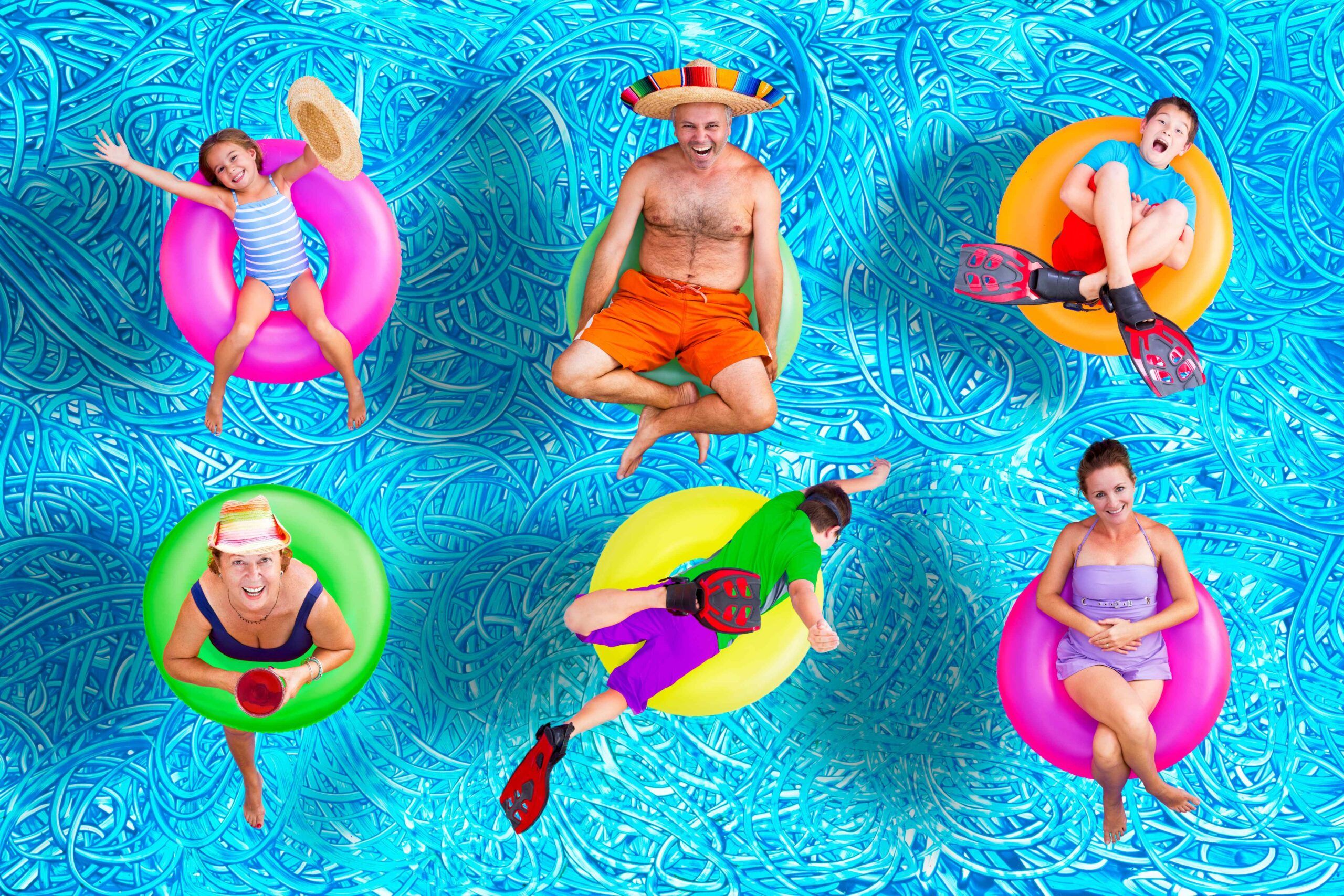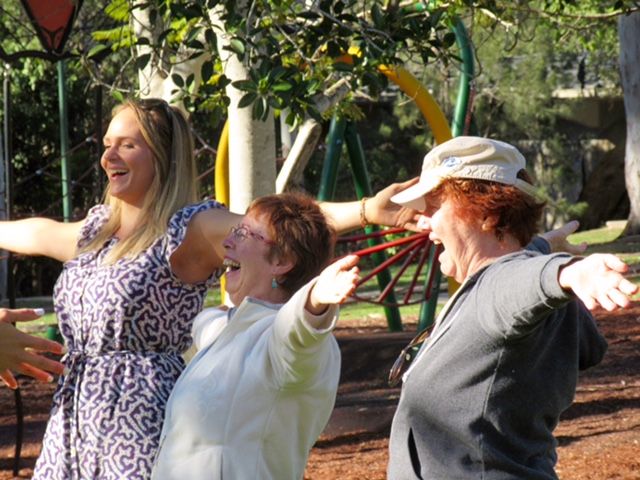
I’m not in the mood to laugh
What do you do when you’re ‘not in the mood’ for something? Avoid it or do it anyway?
Laughter Yoga is a brilliant case study of getting on with it.
When I turn up at meeting as guest speaker or at a group laughter session, I’m often met by people who’ll tell me they’re ‘not in the mood’ for laughter.
And I answer that with “Great! Let’s get to work”.
Because (almost always) those same people leave the session looking radiant and uplifted.
What happened to them?
One of the many beautiful advantages of Laughter Yoga is that you do not need to be ‘in the mood’ to laugh.
You may be tired. You can feel blue or down—or even suffering clinical depression. You can be full of worries or frustrations and feel like you are at the end of your tether. Life may suck…
None of that has anything to do with stopping you from doing laughter yoga—if you are willing.
(There are reasons for not taking part. These are called contraindications, and they include: – hernia, heart problems with chest pain, major surgery in the past 3 months, epilepsy, high blood pressure not controlled by medication, severe backache such as a prolapsed slipped disc, bleeding haemorrhoids or an acute illness such as flu. Think of Laughter Yoga as you would any aerobic exercise and if in doubt about a physical condition, see a doctor first.)
The Laughter Yoga magic
Laughter Yoga is a unique exercise routine combining laughter, initiated as a physical exercise, and yoga breaths carried out in a group maintaining eye contact. Before long, the laughter catches and becomes ‘real’.
Even if it doesn’t—as long as you participate willingly (not grudgingly)—you will benefit because the brain doesn’t discern between ‘fake’ and ‘real’ laughter, it simply notes that the person is laughing and that is the cue to release a flow of feel-good hormones.
When you are laughing, your worries, anxieties, fears and frustrations take a back seat. It’s like an instant vacation for your mind.

The motion-emotion link
There’s another element at play here too, one clinical psychologists are familiar with: the two-way link between motion and emotion, body and mind. Whatever happens to the mind happens to the body, and what happens to the body happens to the mind.
If you feel down and decide to slump in a chair or pull the doona over your head, you are likely to stay ‘down’—sluggish. My mother never tolerated ‘the blues’ and would say “Pull your socks up, step out and get on with the day”. No chance to hibernate under the doona in our house! Yes, she dealt out tough love but, on this at least, she was spot on. Being active in the world—facing the day—can lead to changes in mood through motion (those hormones at play again) as well as increasing the likelihood of social interaction which may be just what we need (even if we thought it was the last thing in the world we wanted!).
Laughter Yoga synchronises body and mind.

Now were you saying you’re not in the mood for laughter? Perfect! Let’s give it a go. Find your local laughter club in Queensland here or anywhere else in Australia.
Want to talk about organising a session for a group? Let’s talk! Better still, let’s move and laugh!!
HeatherJoy Campbell is an Australian-based global ambassador of Laughter Yoga International and lead trainer of ‘laughter leaders’ in Queensland. As well as facilitating fee-for-service sessions, she hosts two give-back neighbourhood laughter clubs.